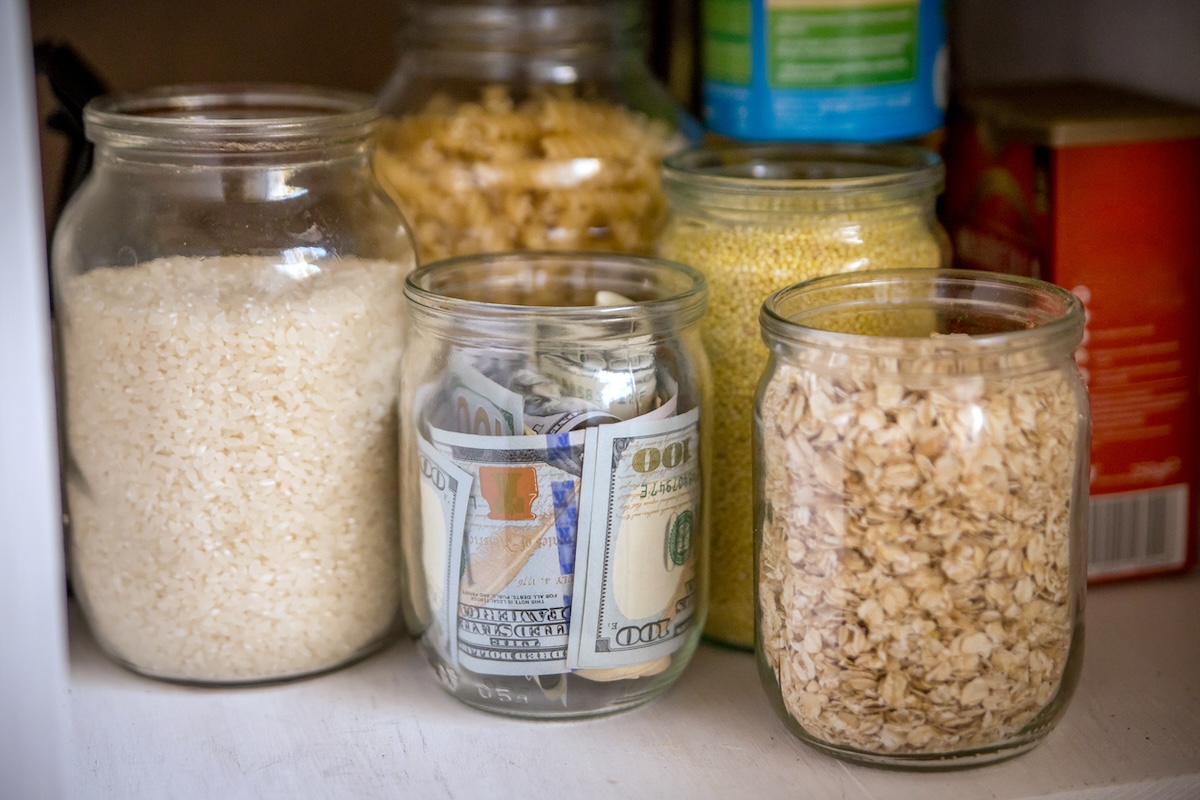

We may earn revenue from the products available on this page and participate in affiliate programs. Learn More ›
In the U.S. in 2022, 847,522 burglaries were reported to the FBI. This translates to slightly fewer than two burglaries per minute. Given the risk of theft, we often try to tuck our valuables—passports, jewelry, cash, important documents—in a bedside drawer, or maybe even in a small safe. But thieves know to rifle through drawers, and while safes afford some protection, they can be easy for burglars to spot, and it’s possible to break into them, whether they’re password-protected or key-operated. Knowing this, thieves may simply grab a safe and worry about opening it later.
To keep your belongings a little safer, try to outsmart burglars by concealing your valuables in unusual places, such as these 13 secret storage spots around the home.
1. In an Empty Suitcase
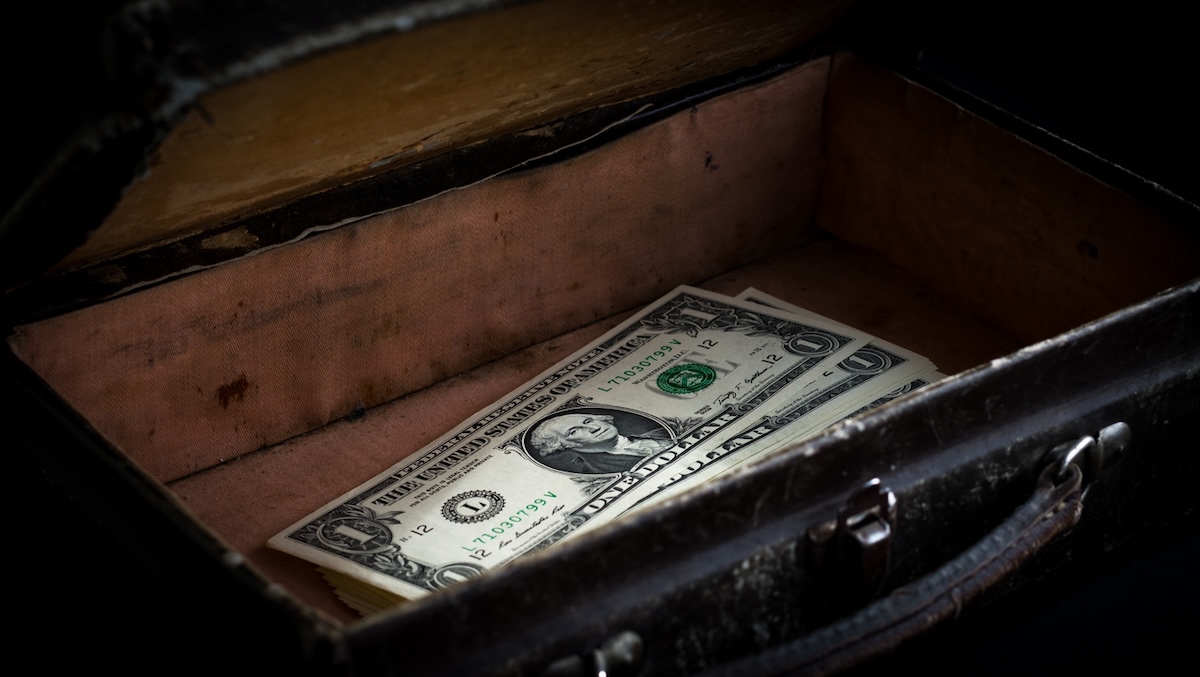
Keeping important items and documents secure inside a water- and fire-resistant safe is a good idea, but small home safes can become a primary target for savvy thieves. Even worse, they are often light enough to be picked up and carried off—a good argument for bolting a safe to the floor or a fixed shelf. To help protect valuables from thieves without sacrificing the fire resistance afforded by a home safe, consider storing valuables in the safe and concealing the safe inside empty luggage.
2. Above Kitchen Cabinets
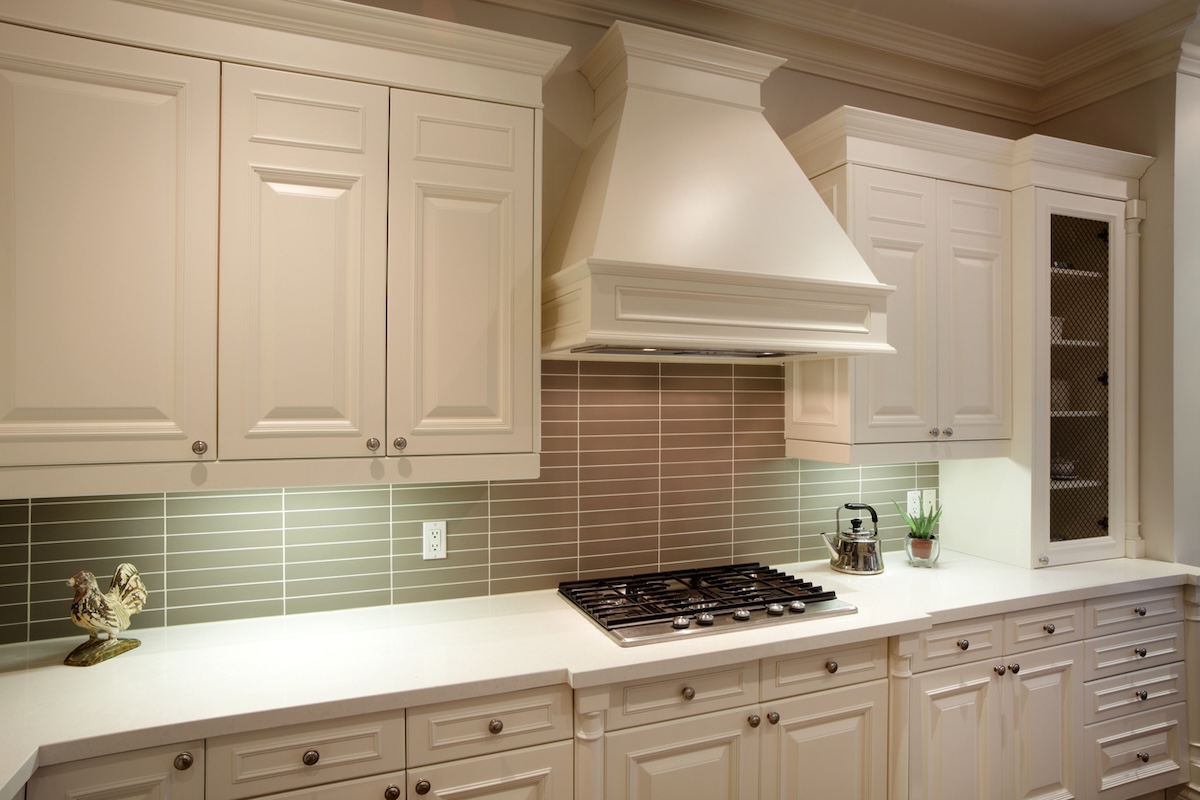
Certain valuables, like a physical will or a rainy day fund, may go untouched for weeks, months, or even years, so consider an out-of-the-way place to store these important possessions. One such spot is the space above the kitchen cabinets. In some kitchens, ½-inch gaps between the ceiling and the tops of upper cabinets, easily visible only from a ladder, offer a stealthy place.
First, fill a manila envelope with your valuables. Next, secure the envelope with a pair of broad binder clips to prevent it from sliding all the way into the gap, or fasten a string to the envelope for easy retrieval when necessary. Finally, slide the envelope into the gap.
3. Behind Drawers
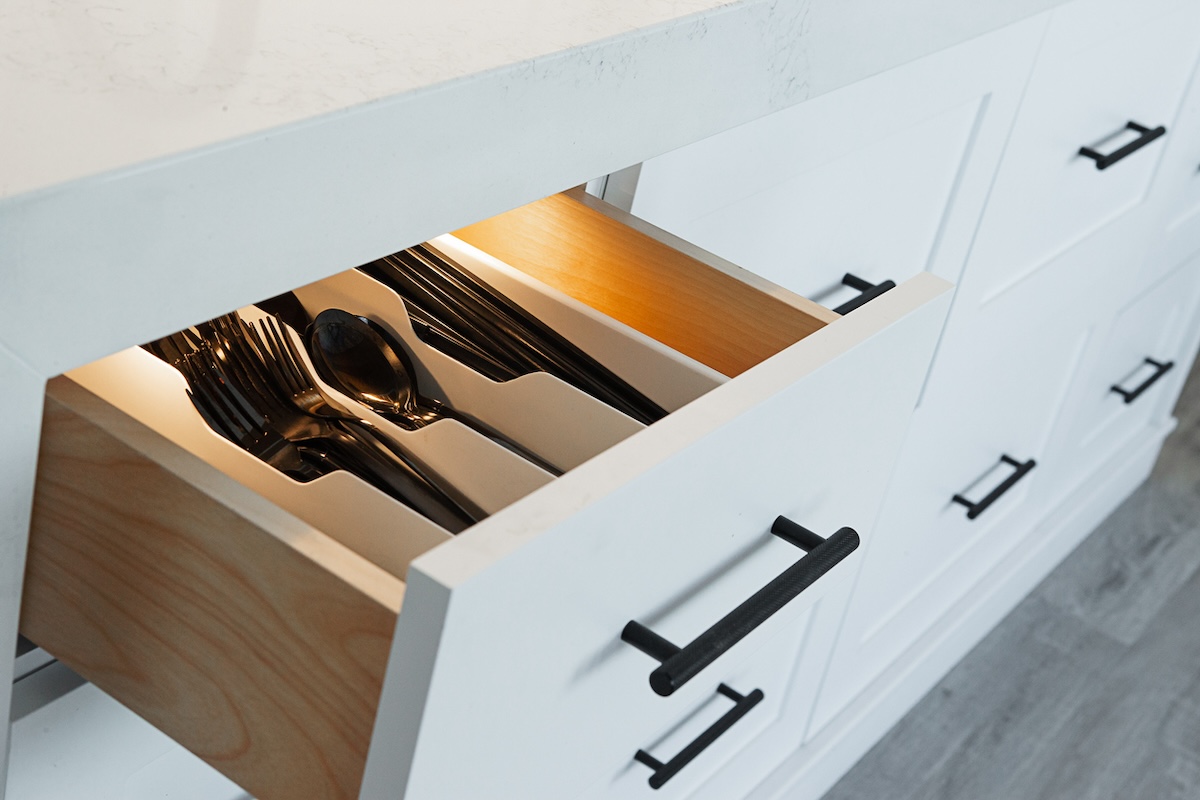
Hiding valuables in a drawer isn’t likely to protect them against a determined thief. Instead, take advantage of the gap behind a drawer by using tape to secure an envelope filled with important documents, cash, or other valuables to the back of the drawer.
If the drawer pulls out too easily, threatening to expose the concealed envelope, attach the envelope to the underside of the counter, dresser, or bedside table so that even with the drawers fully removed the envelope will remain securely fastened to the furniture and out of sight.
4. Behind Wall Decor

Picture frames, paintings, mirrors, and other wall decor throughout the house offer another opportunity to hide valuables. With a bit of tape and an envelope, any wall hanging can discreetly store important valuables.
While almost any framed wall hanging can help conceal items, a deep wooden frame offers a greater potential for subterfuge. If the frame is deep enough, you can neatly cut the paper backing and slide cash or prized possessions into the narrow gap between the artwork and the frame backing. Very thin items may even fit between a picture and the backing. To find the stashed valuables, would-be thieves would have to choose the right piece of artwork and remove the dust cover on the back of the frame—not easy to do quickly.
5. In False Books and Cans
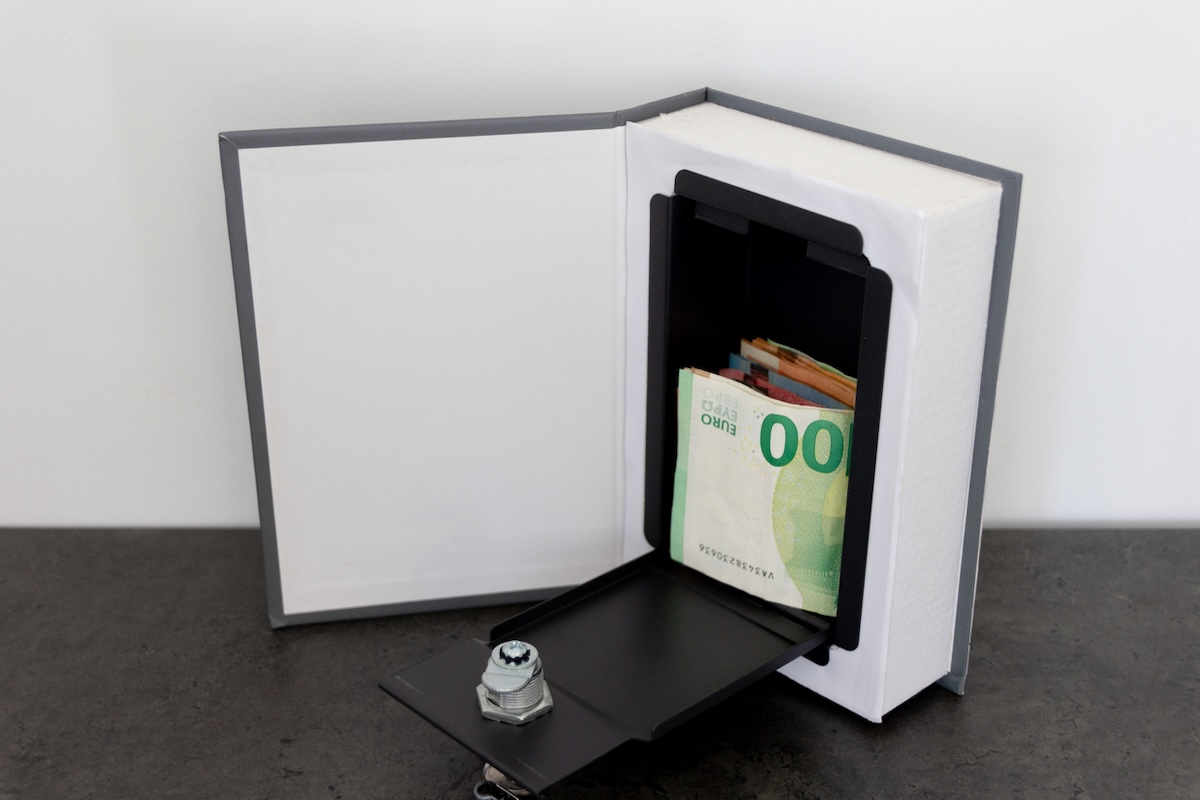
Creating secret storage spots out of common household items is a time-honored strategy. If you have a few shelves of books inside your home, consider hollowing a book out to make a small storage compartment inside the pages, making sure that the resulting “safe” looks unremarkable unless it’s removed from the shelf and opened.
An empty can is yet another easy storage spot. Using a smooth-edge can opener, open the can carefully so the top will fit neatly back into place. Empty the can out and clean it thoroughly. When it’s dry, fill the can with valuables, replace the top, and return the can to a pantry or cabinet where it will blend in with the rest of your provisions. You can also purchase can safes festooned with realistic labels for corn, beets, tomatoes, and more.
6. In With the Out-Of-Season Clothing
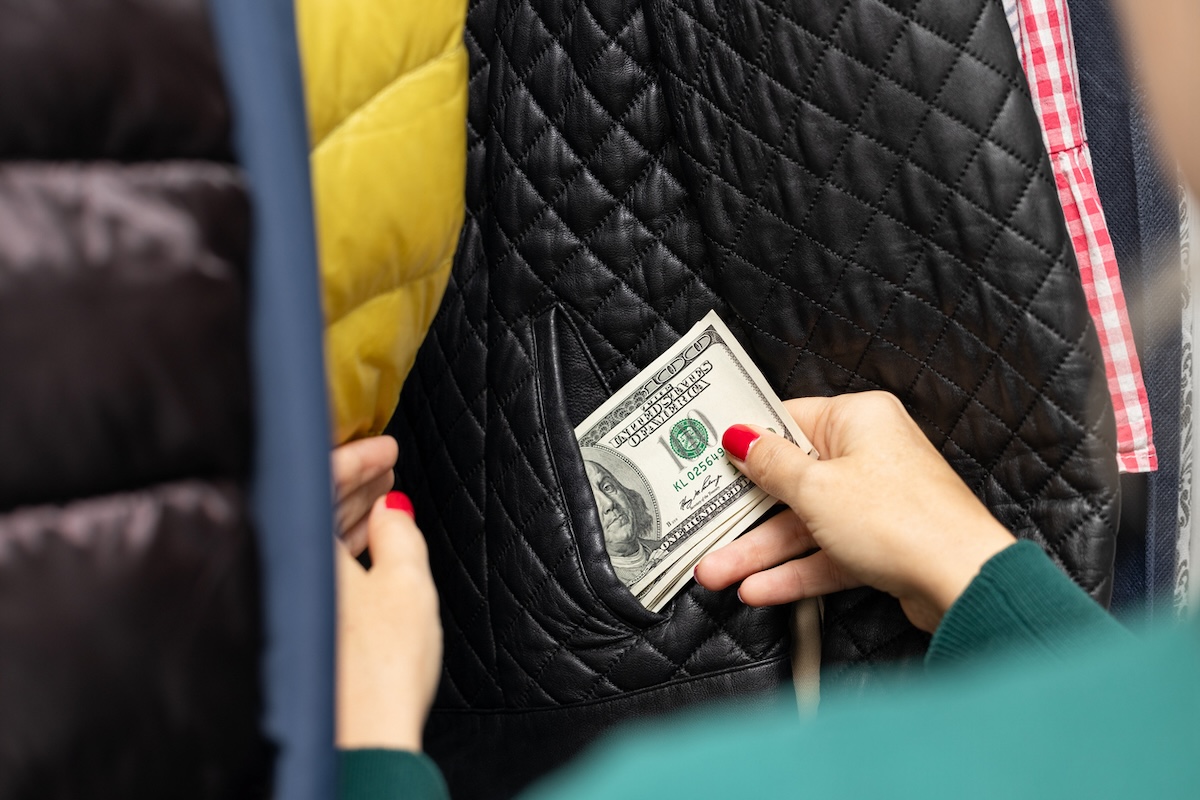
When burglars break into a home in search of valuables, they may not be able to take the time to tear through coats, sweaters, and other clothing hanging in the closet. Consider keeping an envelope of valuables in the pocket of an old jacket. You may want to switch the hiding spot when the seasons change, storing important possessions in winter clothing during the summer and summer clothing in the winter. Bonus points if you have clothing with hidden pockets that can help conceal valuables.
7. In the Freezer
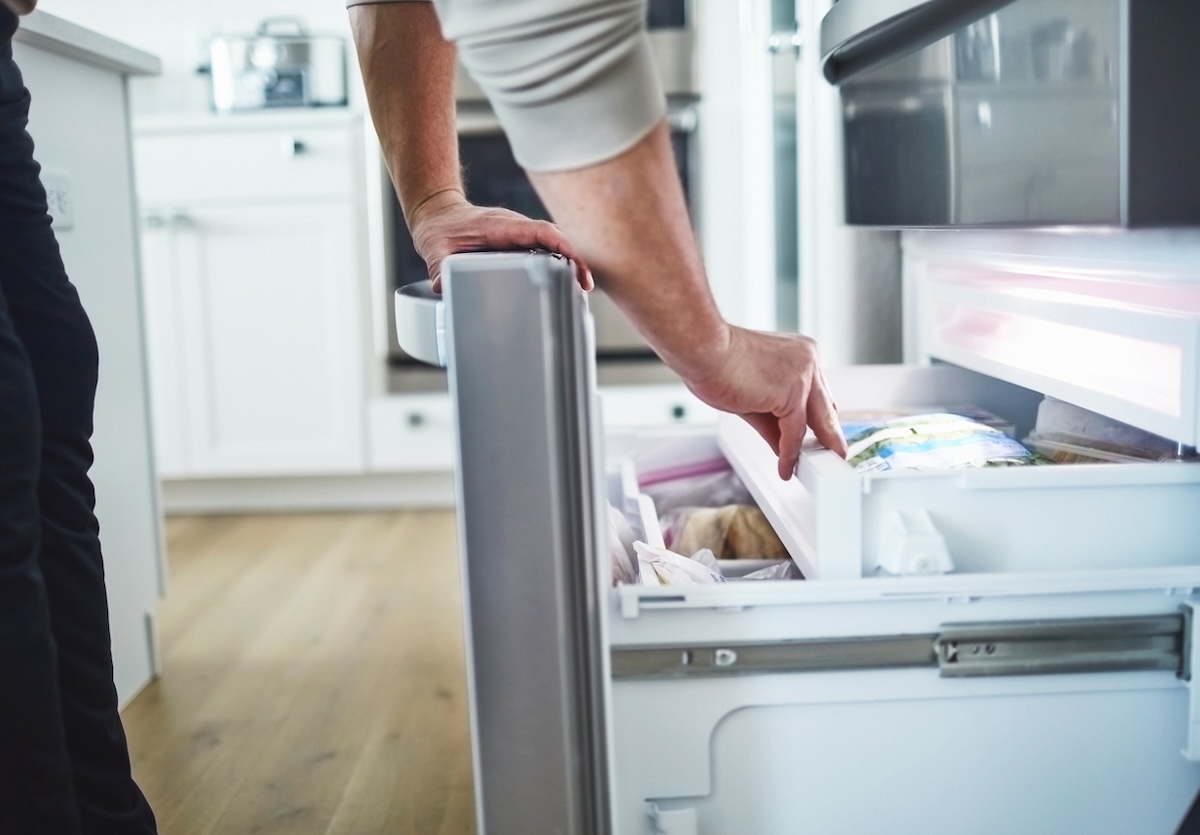
Frozen pizzas, leftovers, and ice cream novelties keep many freezers tightly packed and conveniently crowded. One more container in the freezer probably won’t draw the attention of would-be thieves, making it a great place to stow cash and other valuables. Just make sure that both the container and the contents are freezer-safe to prevent damaging your important items.
8. Inside a Tennis Ball or Soccer Ball
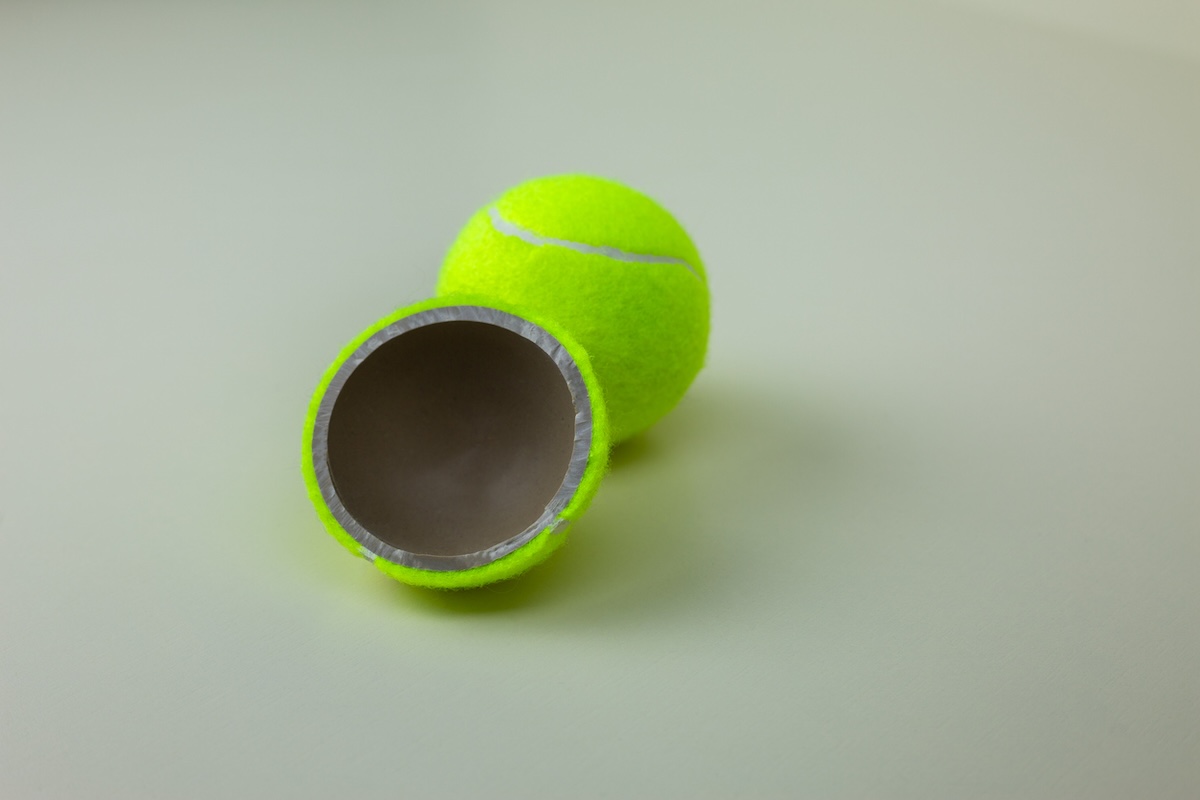
As with an old book or an empty can, a tennis ball or soccer ball can be modified to create a secret storage spot. Tennis balls retain their shape after being cut, so they don’t look out of the ordinary with a slit halfway through the ball. As long as the opening is wide enough, it should be able to accommodate a roll of cash or small valuables like earrings or a ring.
For larger items, however, consider using a soccer ball. Just cut along one seam of the ball to create an opening that’s big enough to slide in your valuables. Cutting along the seam conceals the opening so the casual observer won’t be likely to notice anything odd about the ball.
9. Above a Drop Ceiling
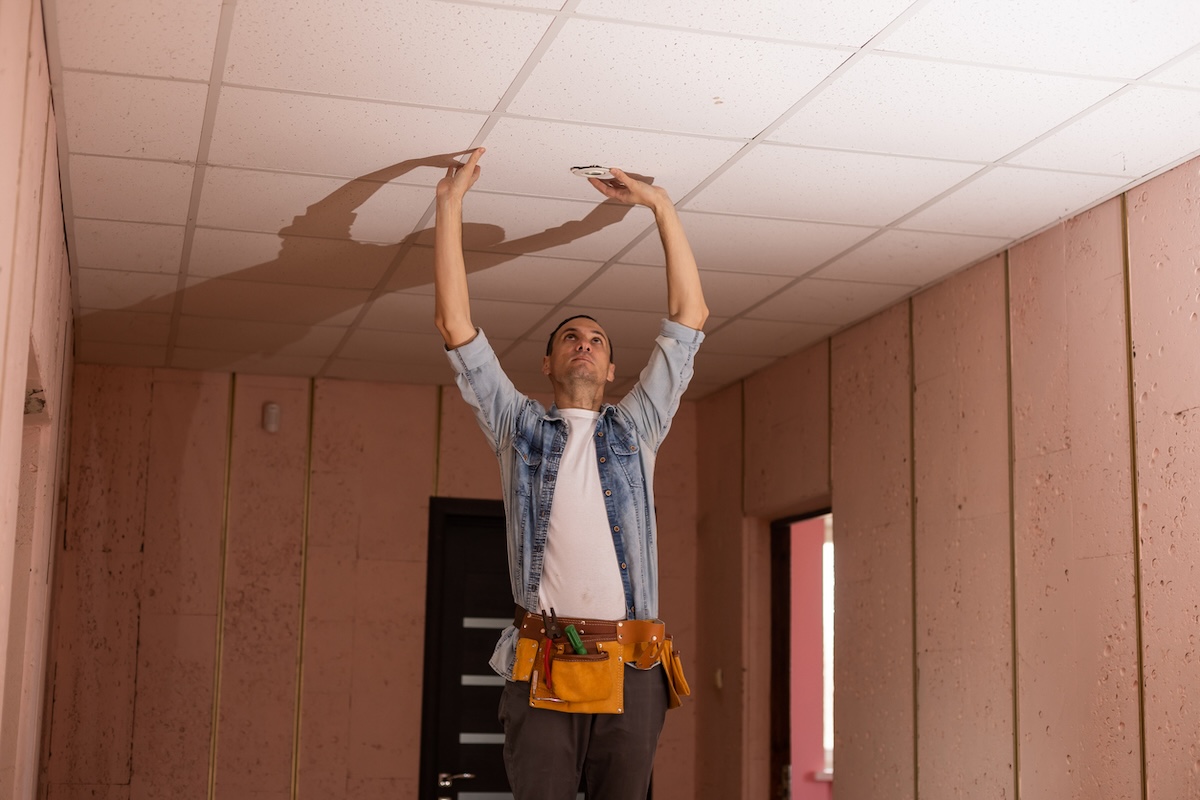
A drop ceiling, a common feature in finished basements, laundry rooms, and utility rooms, consists of panels or tiles that are supported by narrow metal frames. The hollow space above the panels can serve as a concealed storage location for lightweight items of value. Simply lift a panel to access the hollow space above and slide in a small packet, such as an envelope, a bag, or even a small box, to keep it out of sight.
This isn’t a spot for heavy items, which could break through the ceiling tile and fall to the ground below. Also, note which tile you’ve stashed the items behind so you can retrieve them easily later.
10. In a False Air Vent
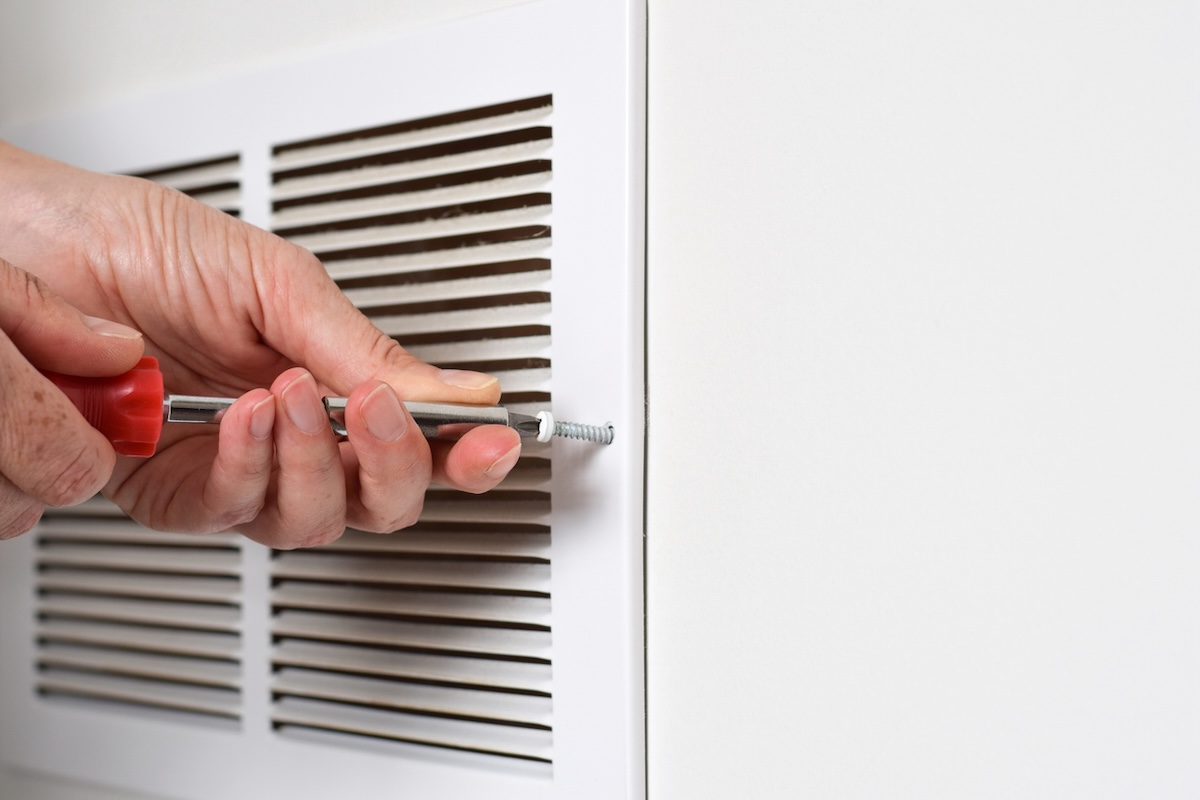
It isn’t a good idea to store valuable items in an actual air vent because you can block the flow of air into the home, reducing the efficiency of the heating and cooling system. Instead, consider installing a false air vent over an opening in the wall, specifically to store your valuables. Not many thieves are going to take the time to unscrew and check the air vents throughout the home.
11. Inside a Wall or Mantel Clock
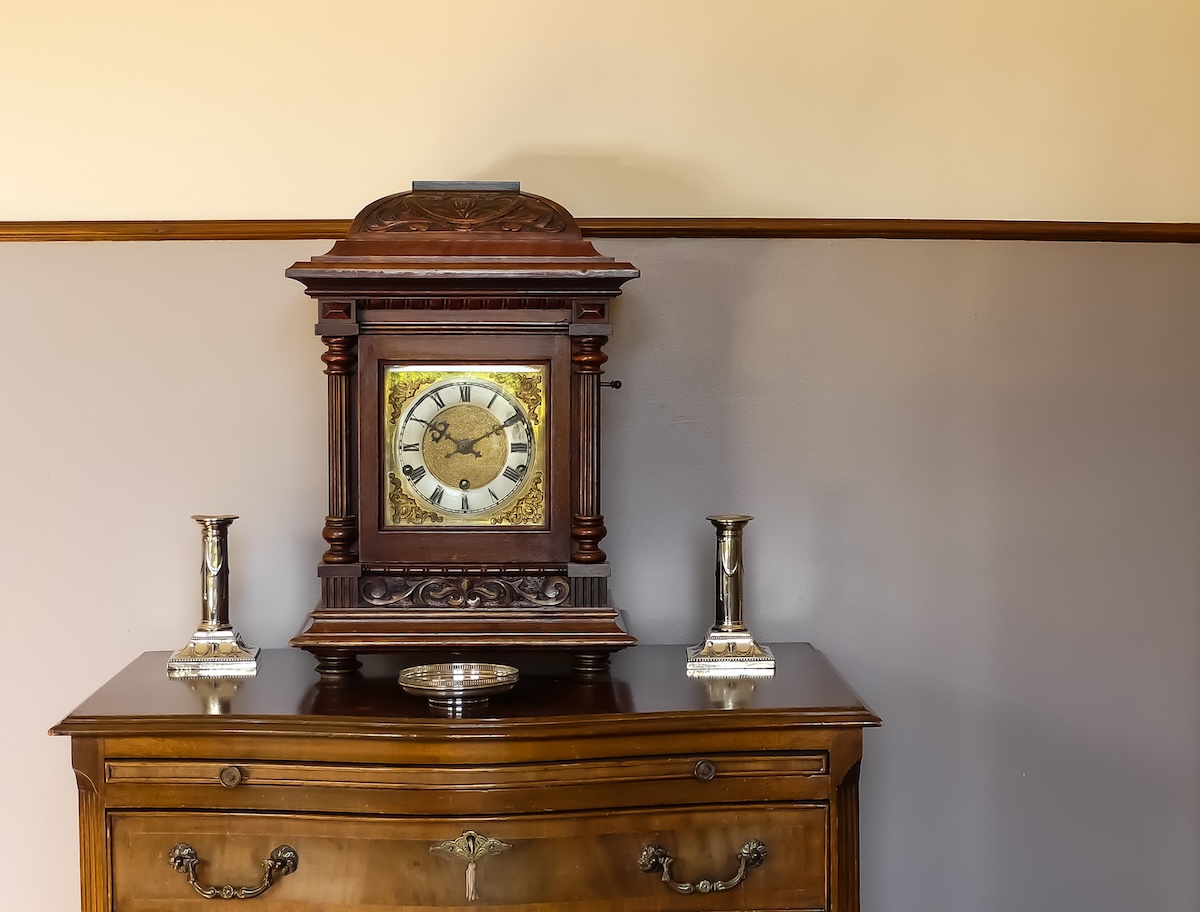
Clocks are an excellent option for storing small, valuable items. Most mantel or wall clocks have open cavities in the back or base, where a few small items can be kept safe. If your clock doesn’t have an open cavity, simply tape valuables to the back of the clock and return it to the wall. As long as the clock itself isn’t worth stealing, your items should be safe in a break-in.
12. Inside Pillows
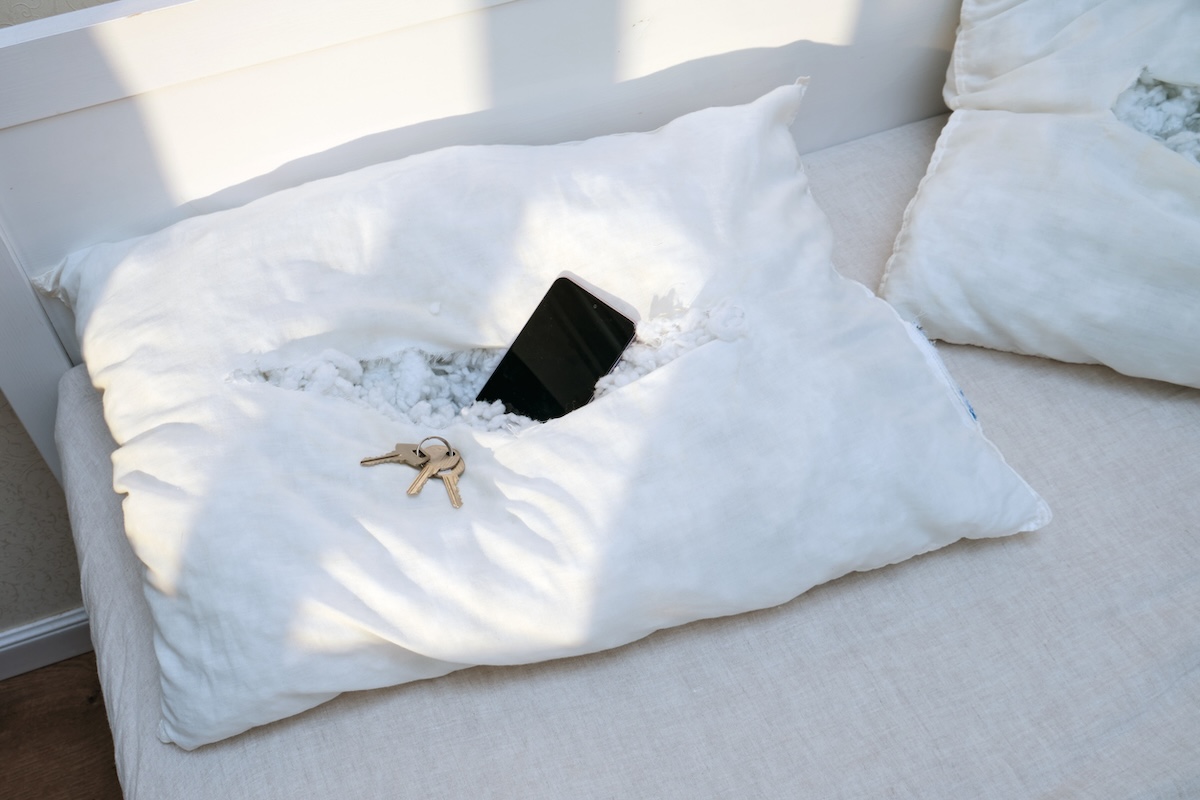
Another possibility is to store your valuables in a pillow or a couch cushion. Tuck flat valuables inside zippered cushion covers, and if your pillows don’t have zippers, just cut an opening in the back and stitch in a zipper (or even a Velcro fastener). Take out some stuffing, insert the valuables, and close up the pillow. (Choose a pillow that is not frequently used, lest a visiting great-aunt stumble upon stacks of cash.)
13. Inside an Old Vacuum Cleaner
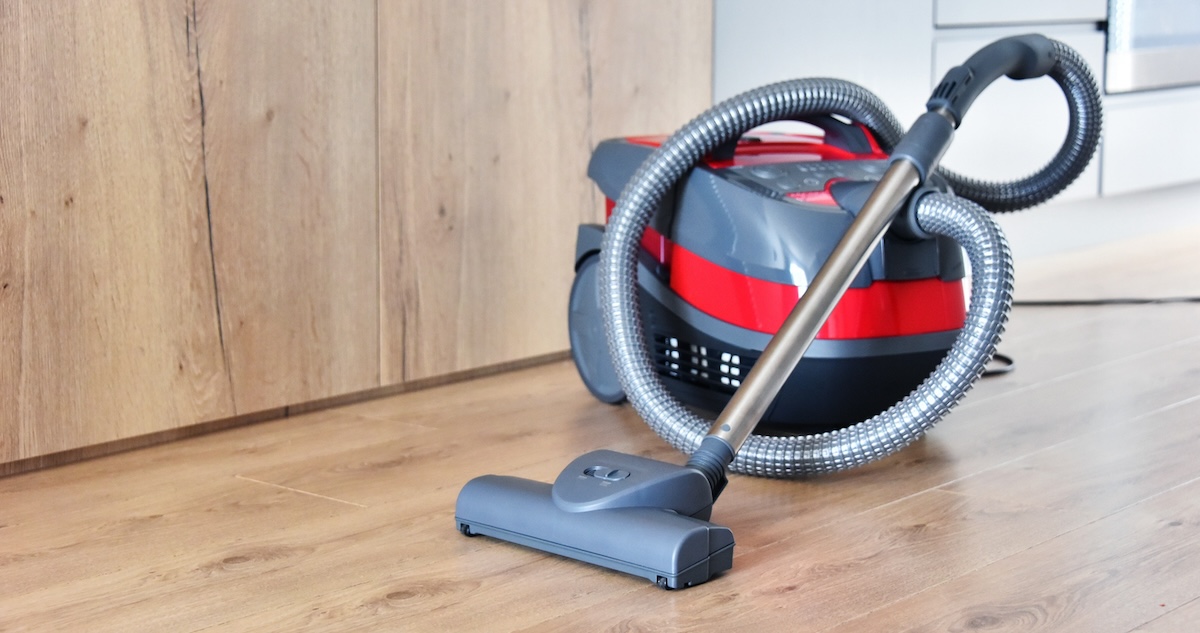
Instead of throwing out your old canister-style vacuum cleaner when you upgrade to a new model, consider using it as a storage space for your valuables. After cleaning the inside of the canister thoroughly, hide your valuables inside. Store the old vacuum in the basement or closet along with your other cleaning supplies so it doesn’t attract attention or look out of place.
14. In a Window Seat
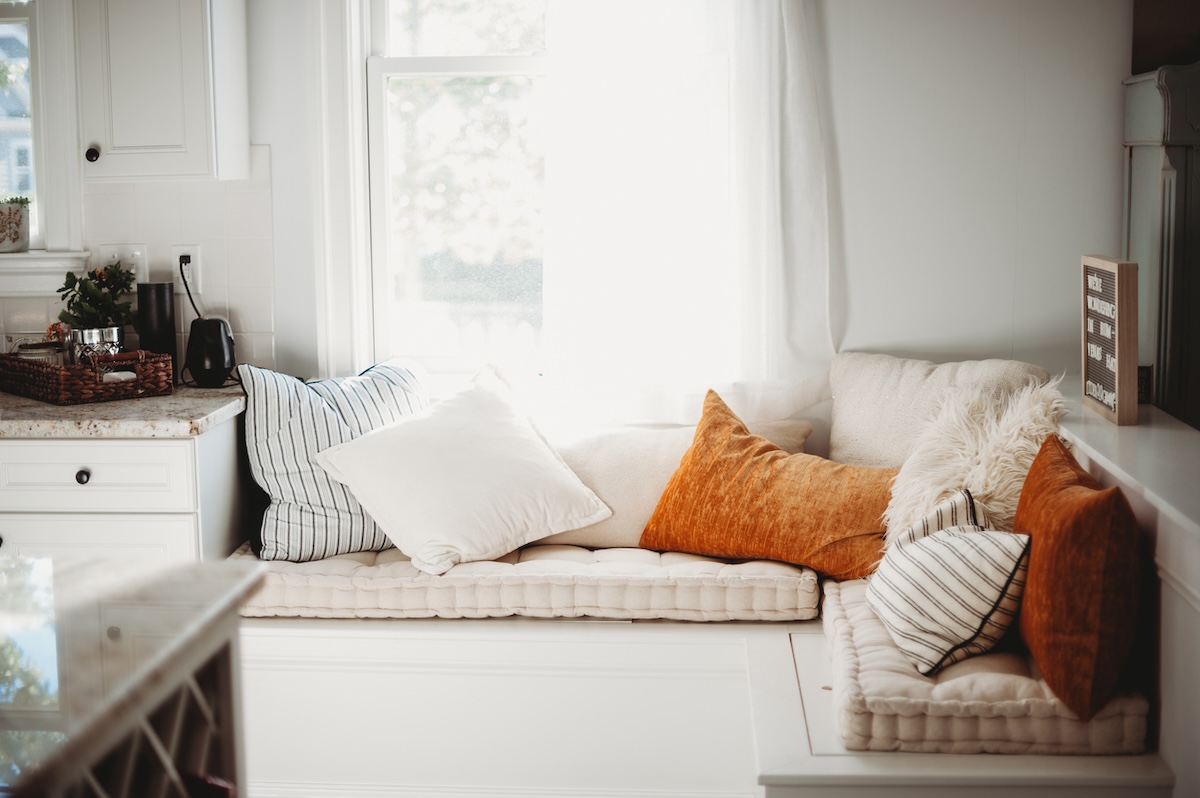
Any window seat or banquette that opens for storage offers a good place to cache your valuables, which you can toss in there with random blankets, board games, or tablecloths. If your window seat doesn’t open up, consider transforming it into a storage bench—an accessible project for a handy homeowner. While you’re at it, try another clever DIY for stealthy storage: retrofitting drawers into existing stair treads.
Final Thoughts
Once you’ve used one of these clever methods to hide your valuables, you might consider writing down what you’ve hidden where, or telling a trusted family member or two. It can be easy to forget where you stored Grandma’s emerald necklace, and that would be quite unfortunate.
